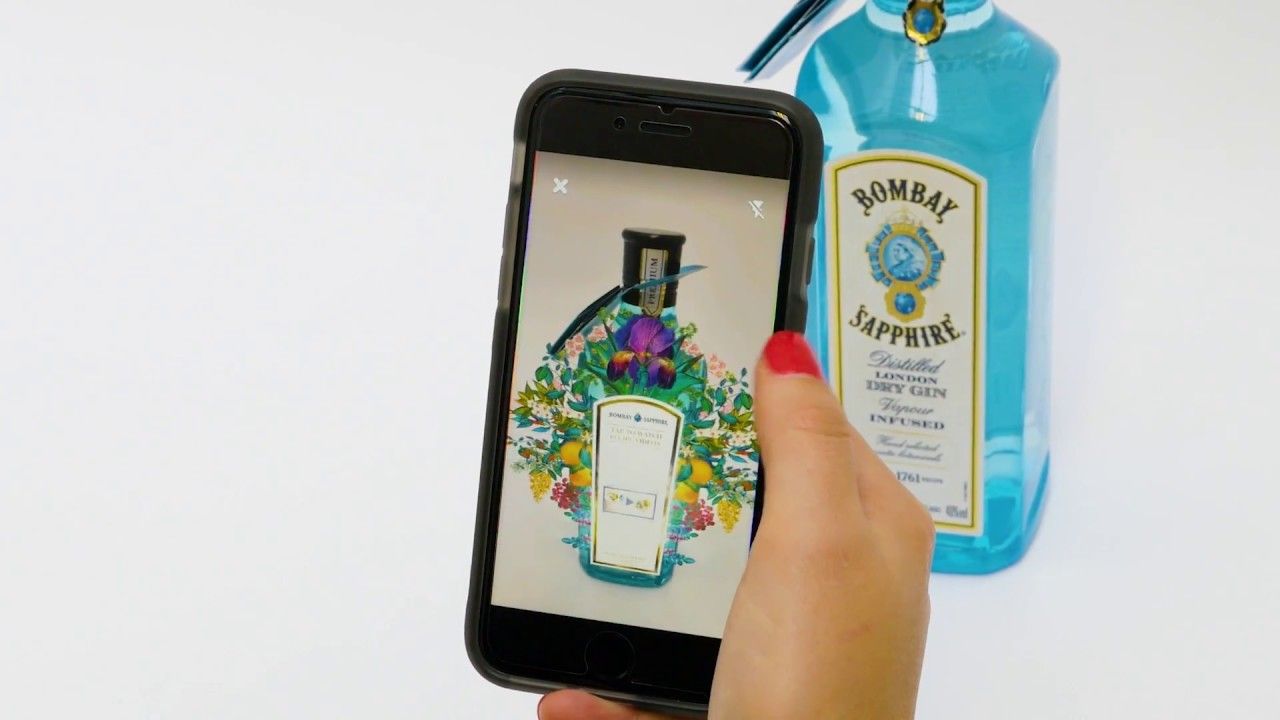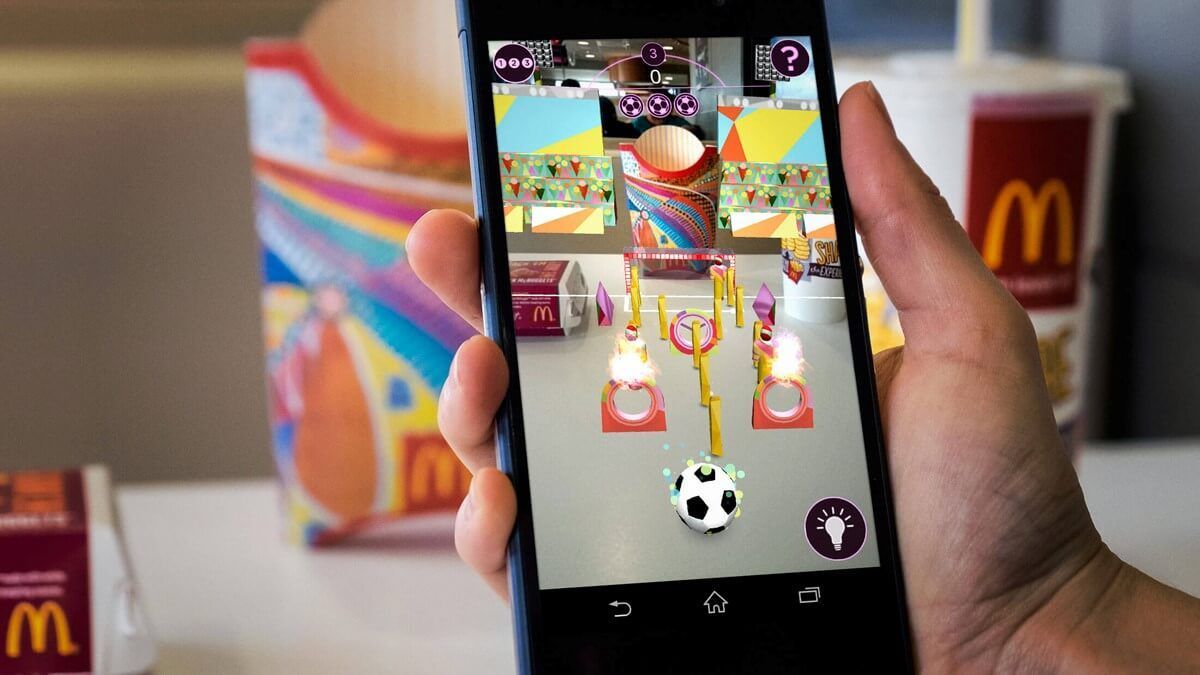Why Brands Should Use Shopify Augmented Reality
Introduction to Shopify Augmented Reality
As a brand owner, keeping up with the latest trends and technologies is crucial to stay ahead of the competition. One such trend that's rapidly gaining traction is the use of augmented reality (AR) in e-commerce. With Shopify's AR technology, brands can now provide their customers with an immersive and interactive shopping experience. So, why should your brand use Shopify Augmented Reality? Let's dive in and explore the benefits of this cutting-edge technology.

What is Augmented Reality?
Augmented reality is a technology that overlays digital information, such as images, 3D models, or animations, onto the real world. This fusion of digital and physical elements creates an interactive and immersive experience for users, often through a smartphone or tablet.
How Does Shopify AR Work?
Shopify's AR technology integrates seamlessly with the platform, allowing brands to showcase their products in 3D within their online store. Customers can then view these 3D models using their smartphone or tablet, rotating and zooming in on the products as if they were holding them in their hands. Some Shopify AR implementations also allow customers to virtually place products within their environment, providing an even more engaging shopping experience.
Benefits of Using Shopify Augmented Reality for Brands
Enhanced Customer Experience
Incorporating AR technology into your online store can significantly improve the customer experience by offering:
Virtual Product Try-On
With Shopify AR, customers can virtually try on products such as clothing, accessories, or even furniture, giving them a better understanding of how these items will look and fit in their homes or on their bodies. This eliminates the guesswork often associated with online shopping, resulting in more confident purchasing decisions.
Immersive Shopping Experience
Shopify AR provides an interactive and engaging shopping experience that goes beyond the traditional online store. Customers can explore and interact with products in a whole new way, making them more likely to stay on your site for longer and potentially increasing their overall satisfaction with your brand.
Increased Sales Conversion
Shopify AR can have a direct impact on your bottom line by boosting sales conversions:
Reduction in Returns
By providing customers with a more accurate representation of your products, Shopify AR helps reduce the number of returns due to incorrect sizing or mismatched expectations. This not only saves your brand money on shipping and restocking fees but also improves customer satisfaction.
Boosted Customer Confidence
When customers can virtually try on or interact with products before buying, they're more likely to feel confident in their purchasing decisions. This increased confidence can lead to higher sales conversions and repeat business.
Competitive Advantage
Embracing Shopify AR can give your brand a competitive edge in several ways:
Early Adoption of Emerging Technologies
By incorporating AR into your online store, you demonstrate to customers that your brand is innovative and forward-thinking. This can help establish your brand as a leader in your industry and attract more tech-savvy customers.
Unique Brand Storytelling
Shopify AR enables you to create unique and interactive brand stories, further differentiating your brand from competitors. By providing customers with memorable experiences, you can foster stronger brand loyalty and encourage word-of-mouth marketing.
Integrating Shopify AR into Your Brand Strategy
Getting Started with Shopify AR
Implementing Shopify AR into your online store is easier than you might think. With the help of Shopify Partners and 3D modeling experts, you can quickly create and integrate 3D models of your products. To begin, consult with a Shopify Partner or 3D modeling professional to discuss your specific needs and goals. They can guide you through the process, ensuring a smooth integration that aligns with your brand strategy.
Examples of Successful Shopify AR Implementations
Many brands have already seen success by incorporating Shopify AR into their online stores. For example, furniture retailers like Burrow and Magnolia Market have used AR to allow customers to virtually place items in their homes, making it easier for them to visualize how the products will fit and look in their spaces. Fashion and accessory brands like Warby Parker and Pure Cycles have also leveraged AR for virtual try-ons, resulting in increased customer satisfaction and sales conversion.

Conclusion
In today's competitive ecommerce landscape, embracing Shopify Augmented Reality can provide your brand with a significant advantage. By enhancing customer experience, increasing sales conversions, and setting your brand apart from the competition, Shopify AR has the potential to revolutionize the way you do business online. Don't miss out on the opportunity to take your brand to the next level – start exploring Shopify AR today!
FAQs
1. Is Shopify AR compatible with all smartphones and tablets?
Shopify AR works with most modern smartphones and tablets, provided they have the necessary hardware and software capabilities to support augmented reality experiences.
2. How much does it cost to implement Shopify AR?
The cost of implementing Shopify AR varies depending on factors such as the complexity of your product catalog, the level of customization required, and the expertise of the 3D modeling professionals you work with. Consult with a Shopify Partner or 3D modeling expert to get a better understanding of the costs involved for your specific project.
3. Can I use Shopify AR for all types of products?
While Shopify AR is well-suited for a wide range of products, some items may not benefit as much from AR implementation. However, products that customers typically want to try on or visualize in their environment, such as clothing, accessories, and furniture, are excellent candidates for AR integration.
4. Do I need any technical expertise to implement Shopify AR?
Although implementing Shopify AR requires some technical know-how, you don't need to be an expert yourself. Shopify Partners and 3D modeling professionals can guide you through the process and handle the technical aspects of the implementation.
5. Is Shopify AR a passing trend, or is it here to stay?
Augmented reality is quickly gaining traction in the e-commerce space and shows no signs of slowing down. As technology continues to evolve and become more accessible, it's likely that AR will play an increasingly significant role in the way consumers shop online. By adopting Shopify AR now, your brand can stay ahead of the curve and capitalize on this growing trend.
TALK TO A PRO
We're here to bring your brand to life!
Stay Connected with BrandXR
Create Augmented Reality for Free!
Create, Publish, and Measure 3D Augmented Reality Experiences Without Having to Code.














